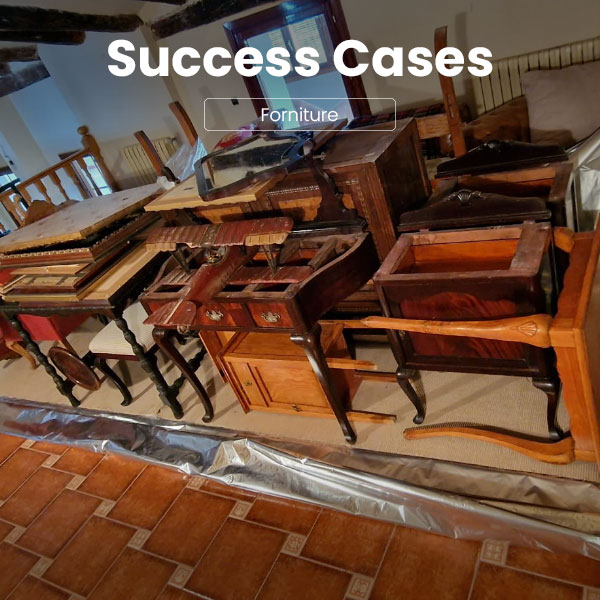Xylophages: Silent Invaders of Wood
Xylophages, a diverse group of insects including termites, woodworms, and boring beetles, excel at infiltrating the very structure of wood. Their presence often goes unnoticed until damages become evident, making these silent invaders a significant threat to the durability of wood.
The Dangers of Xylophages to Wood:
- Structural Weakening: Xylophages feed on the cellulose in wood, weakening its internal structure. This can result in a loss of strength and, in extreme cases, complete loss of load-bearing capacity.
- Aesthetic Damage: In addition to structural effects, xylophages also cause aesthetic damage. The tunnels and galleries they create can affect the appearance of furniture, architectural structures, and wooden art objects.
- Silent Infestation: Since xylophages often work from the inside of the wood outward, the infestation can be silent and not evident until damages are extensive.
Detecting Xylophages: The Importance of Early Vigilance:
- Visible Symptoms: The presence of exit holes, sawdust, or powder near the wood are visible signs of a possible xylophage infestation.
- Unusual Sounds: Some xylophage species, such as termites, can produce audible noises while chewing on wood. Detecting these sounds may indicate the presence of these invaders.
- Periodic Inspections: Conducting periodic inspections of wooden structures, furniture, and artworks is crucial to detect early signs of infestation and take preventive measures.
Control and Prevention Strategies:
- Thermal Treatments: Applying thermal treatments, such as infrared heat, can be effective in eliminating xylophages present in wood.
- Anoxia and Non-Toxic Gases: Controlled exposure to non-toxic gases, such as the use of anoxia technologies, can eradicate xylophages without resorting to harmful chemicals.
- Sealers and Preventive Coatings: Applying sealers and preventive coatings can be an effective measure to protect wood against future infestations.
The threat of xylophages to wood is a persistent reality, but early detection and effective control strategies can significantly mitigate the dangers. Constant vigilance, combined with treatment approaches that respect the integrity of the wood, is essential to preserve this valuable resource and ensure its durability over time.





